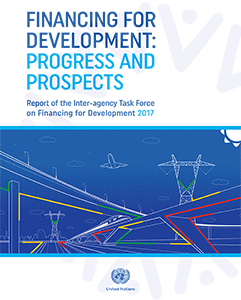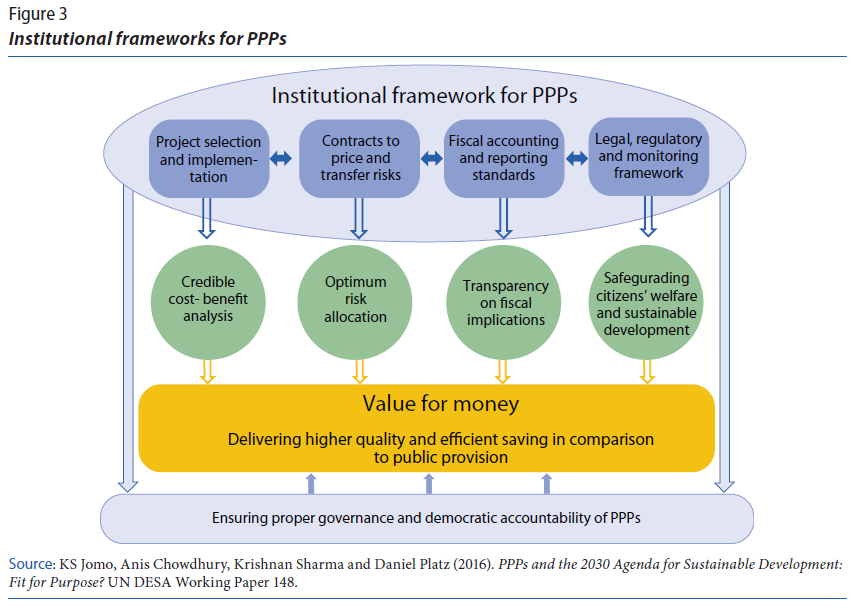 In 2016, the first full year of implementation of the 2030 Agenda for Sustainable Development and the Addis Ababa Action Agenda, the world economy grew at its slowest rate since the global economic and financial crisis of 2008-2009, with weaknesses in demand, investment, trade and productivity growth closely linked and reinforcing each other. The thematic chapter addressed how the Addis Ababa Action Agenda responds to these challenges (presented in Chapter I), with a focus on: i) investment in infrastructure, which can both enable sustainable development and spur growth; and ii) strengthening social protection and addressing gender inequities. Both are critical to achieving the SDGs directly, and also have positive feedback on the economy.
In 2016, the first full year of implementation of the 2030 Agenda for Sustainable Development and the Addis Ababa Action Agenda, the world economy grew at its slowest rate since the global economic and financial crisis of 2008-2009, with weaknesses in demand, investment, trade and productivity growth closely linked and reinforcing each other. The thematic chapter addressed how the Addis Ababa Action Agenda responds to these challenges (presented in Chapter I), with a focus on: i) investment in infrastructure, which can both enable sustainable development and spur growth; and ii) strengthening social protection and addressing gender inequities. Both are critical to achieving the SDGs directly, and also have positive feedback on the economy.
The thematic chapter explores when and how public and private investments and blended finance can be mobilized for quality investments aligned with sustainable development, noting the role of development banks and specific challenges in the least developed countries. Long-term and high quality investments will sustainably increase productivity and economic growth, and enhance households’ incomes and resilience to shocks. However, measures to directly ameliorate the living conditions of the poor are also needed, particularly in the light of their vulnerability to economic downturns, natural disasters and humanitarian crises.
The chapter also presents options to expand and finance social protection floors, which can protect the vulnerable against downside risks and contribute to aggregate demand and an improved investment climate. Measures to increase long-term investments and address short-term vulnerabilities are thus mutually reinforcing.
Chapter II: Financing investment and social protection
